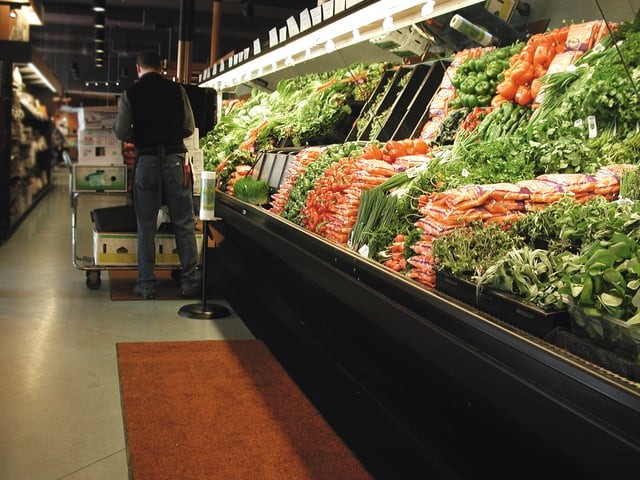Independent Grocers Play Key Role in Boosting U.S. Economy
Independent community grocers are a key factor in the U.S. economy, with positive effects nationwide regarding jobs, wages and taxes, according to the latest economic impact study from the National Grocers Association (NGA), the trade association representing the independent supermarket industry.
While indies account for more than 1.1 million jobs — up from 944,200 in the last study — earning wages close to $39 billion, wholesalers serving independent grocers provide 44,000-plus jobs that earn wages of almost $3.3 billion. Further, the independent grocery industry is directly or indirectly responsible for close to 860,000 jobs in such other industries as agriculture, manufacturing and transportation, and generates federal, state and local tax revenues surpassing $36 billion.
“Not only are independent community grocers at the heart of the community, they are also at the heart of the U.S. economy, responsible for more than 1.1 American million jobs across thousands of communities,” said Greg Ferrara, president and CEO of Washington, D.C.-based NGA. “The continued strength and growth of the independent supermarket industry shows consumers are supporting local, community grocers who continue to innovate and bring value to the communities they serve.”
Independent grocery sales make up 33% of total grocery sales, up from 25% a decade ago. They represented 1.2% of the 2020 U.S. gross domestic product of $20.93 trillion, with a total output of more than $255 billion.
Sales grew to slightly more than $253.6 billion, from $131 billion, in the independent sector since 2012, the data year for the last study. During this same period, overall U.S. grocery store sales increased from $524 billion to $772 billion.
“Through strategic investment and planning, independent community grocers found themselves well positioned to meet the intense demand placed on them by consumers during the pandemic, and have proved themselves to be indispensable partners in their communities and local economies,” added Ferrara. “Despite this growth over the past decade, independents appear to be losing a foothold in rural and inner-city low-income areas. NGA is working to reverse this trend through a comprehensive antitrust advocacy approach that would rein in growing power-buyer influence and encourage grocery investment in disadvantaged communities.”
E-commerce also has spurred sales as independent grocers have invested more in their online shopping programs, which enabled independents to compete amid the pandemic. Online grocery sales increased 54% in 2020 to nearly $96 billion, pushing it to a 12% share of total U.S. e-commerce sales and 7.4% of all grocery sales.
Independent grocers are also expanding their e-commerce capabilities to accept Supplemental Nutrition Assistance Program (SNAP) benefits for online purchases. Last year, SNAP was responsible for nearly 200,000 U.S. grocery industry jobs with wages totaling more than $6.7 billion. Additionally, SNAP caused job growth of nearly 45,000 jobs in supporting industries, among them agriculture, manufacturing, transportation and municipal services. The program was additionally responsible for 2020 federal tax receipts of more than $1 billion, as well as state and local taxes surpassing $975 million.
This growth occurred during a period of food inflation: Between 2012 and 2020, the average inflation rate of food was 1.69% per year; that is, food costing $1 in the year 2012 would cost $1.14 in 2020 for an equivalent purchase.
“This study is further proof that independent community grocers are crucial to feeding the nation’s pocketbooks as well as its bellies,” Ferrara observed of the study, which was conducted for NGA by Longboat Key, Fla.-bsed John Dunham & Associates.
The independent grocery sector accounts for more than 1% of the nation's overall economy and generates more than $250 billion in sales, 1.1 million jobs, $39 billion in wages and $36 billion in taxes. NGA’s members consist of retail and wholesale grocers, state grocers associations, as well as manufacturers and service suppliers.






